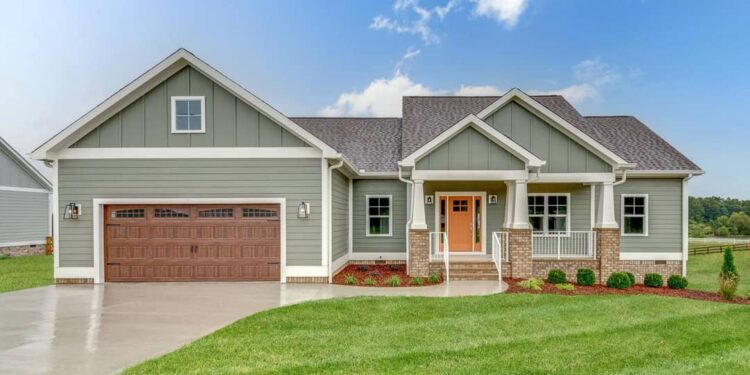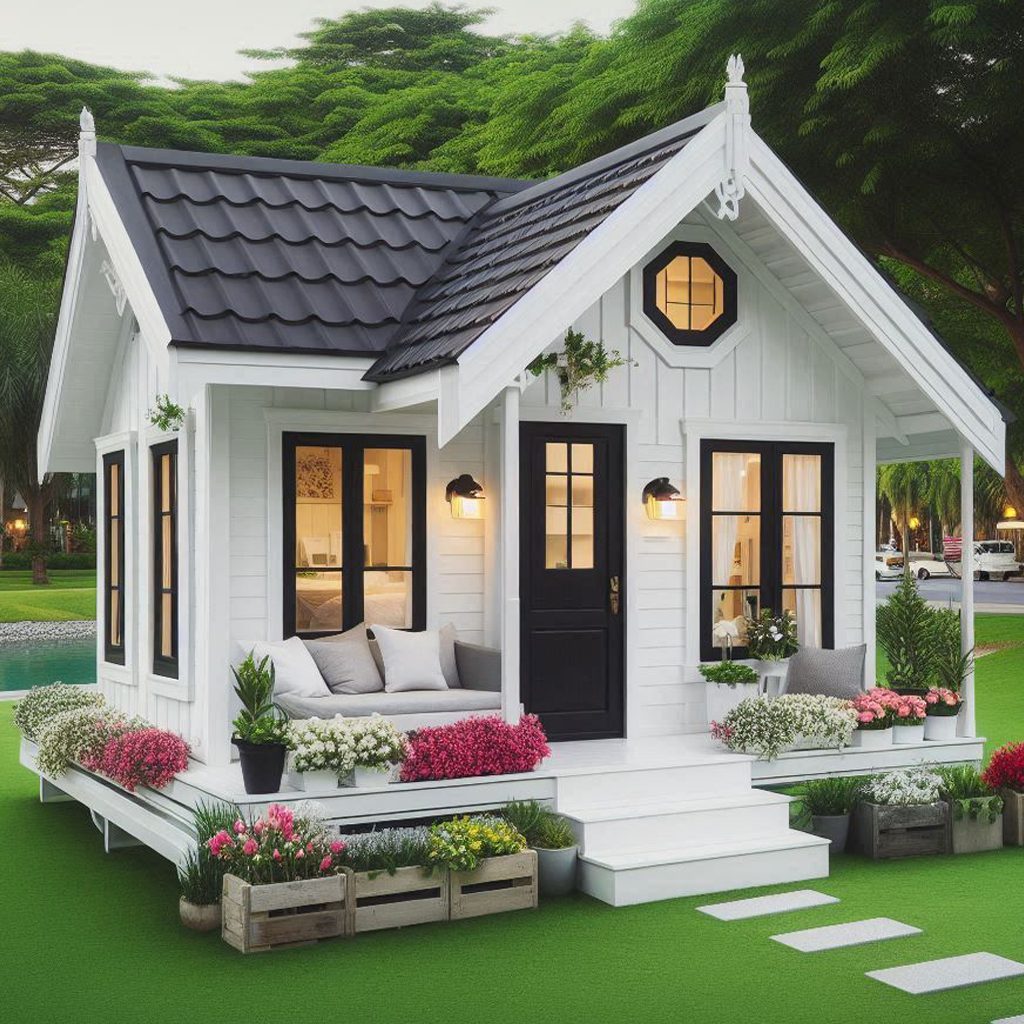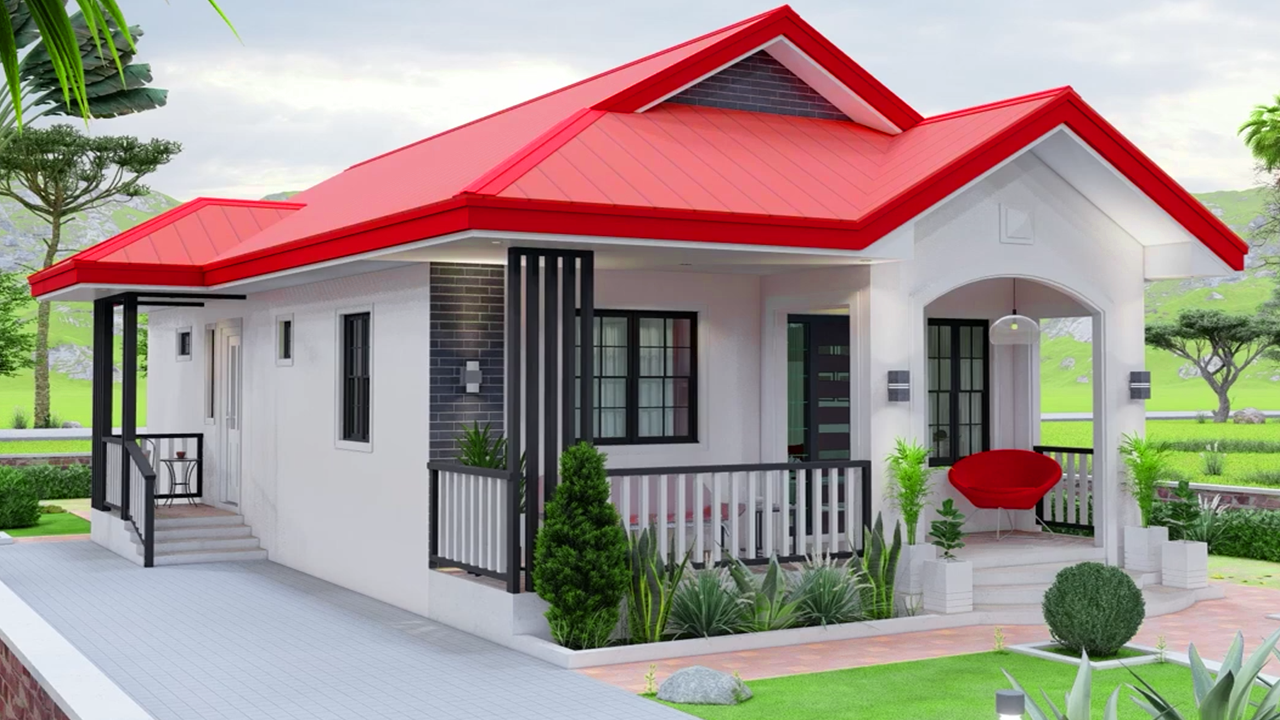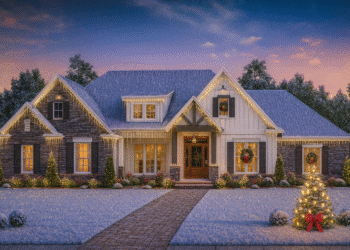This Craftsman-style plan comes with flexible options and thoughtful detailing to suit a range of needs. The design emphasizes character, domestic scale, and adaptivity. (Note: some plan data was unavailable due to site access issues.)
Floor Plan:
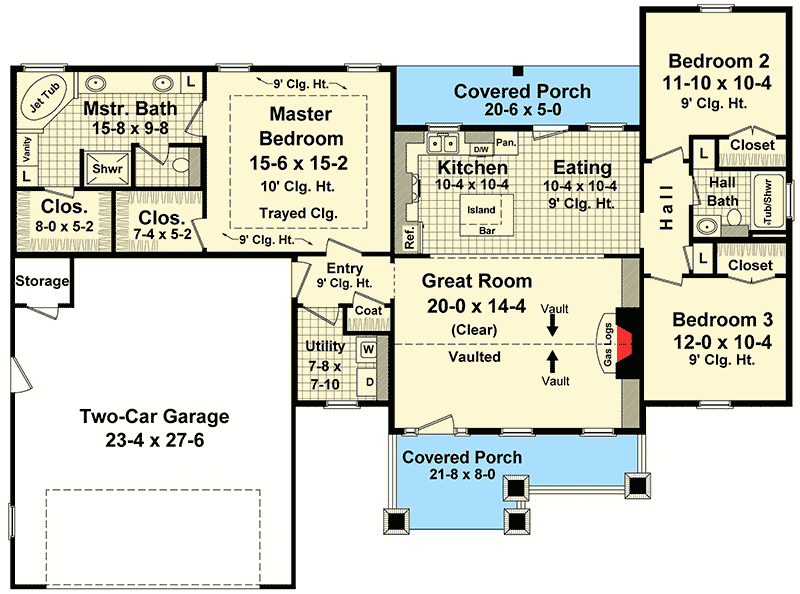
Exterior Design
The exterior is likely rich in Craftsman motifs: tapered columns, exposed rafters, mixed siding materials, and deep overhangs to add shadow and texture.
A covered front porch details the facade, possibly with stone piers or exposed beams. The roof geometry may include gables or dormers to break up massing and add visual interest.
Interior Layout & Flow
The layout will typically center living, dining, and kitchen in an open or semi-open concept, allowing fluid flow and natural connections. Rooms branch off for privacy.
Options may include alternative room layouts, bump-outs, or added flex space, depending on selections chosen.
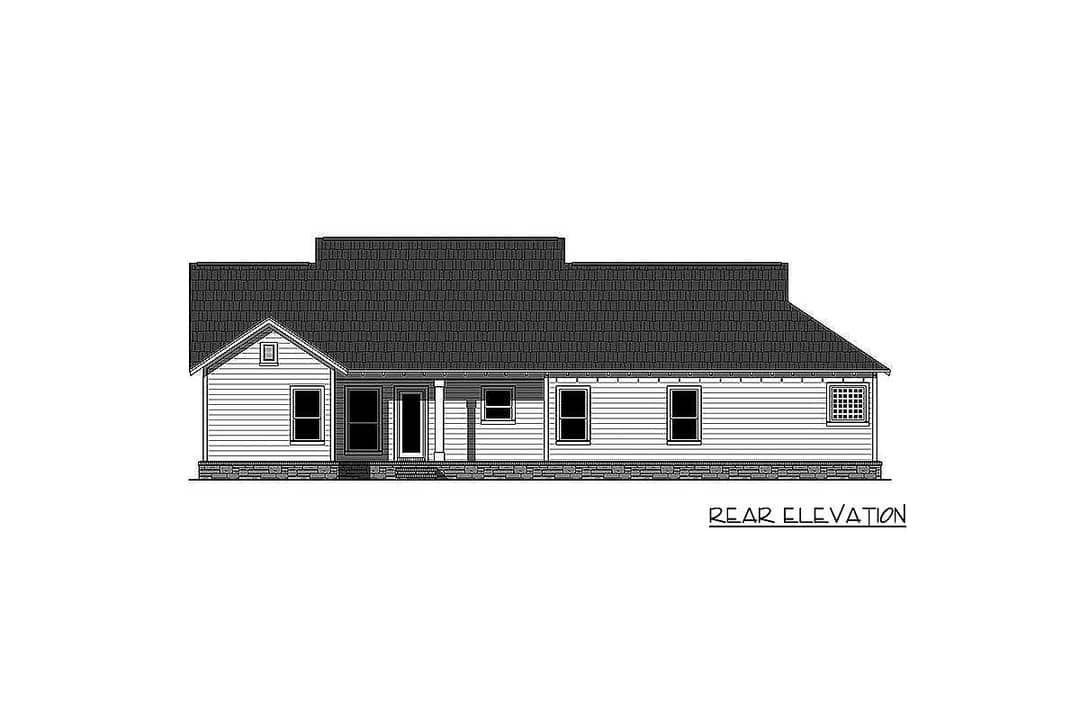
Bedrooms & Bathrooms
The base plan likely includes 3 bedrooms and 2 baths—standard for Craftsman homes of this scale. The master suite is separated for privacy, while secondary bedrooms share a hall bath.
Bathrooms and bedrooms are placed to maximize daylight and cross-ventilation, with efficient circulation routes.
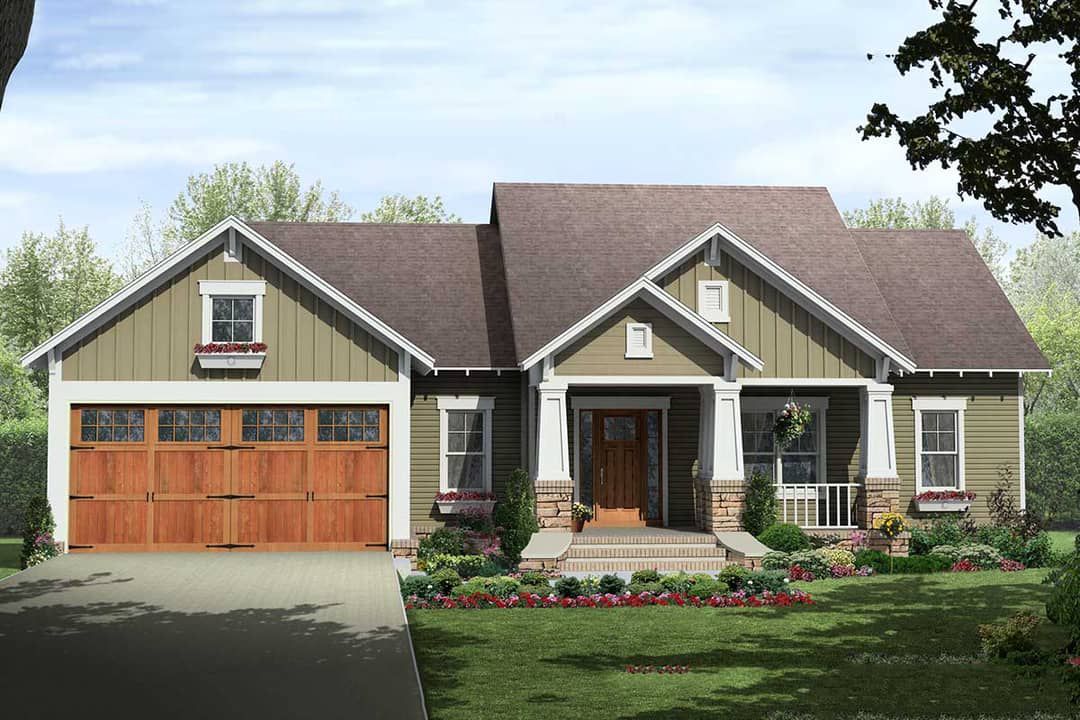
Living & Dining Spaces
The living room is expected to be prominent, with architectural features such as a fireplace, built-ins, or a vaulted or beamed ceiling to create focal drama.
Dining is likely adjacent to the kitchen and living areas, integrated yet defined by ceiling heights or partial walls.
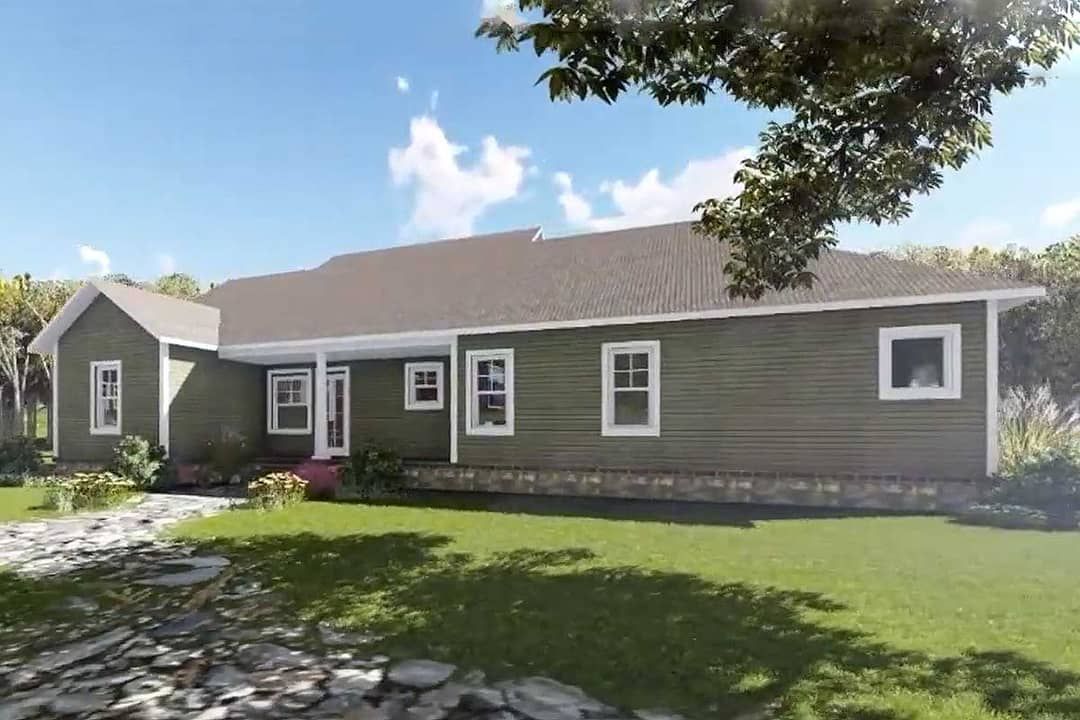
Kitchen Features
The kitchen would feature efficient workspaces—possibly an island, pantry, and ample cabinetry. It would remain visually connected to living spaces while maintaining workspace separation.
Utility considerations include clustering plumbing with bathrooms to reduce cost and improve efficiency.
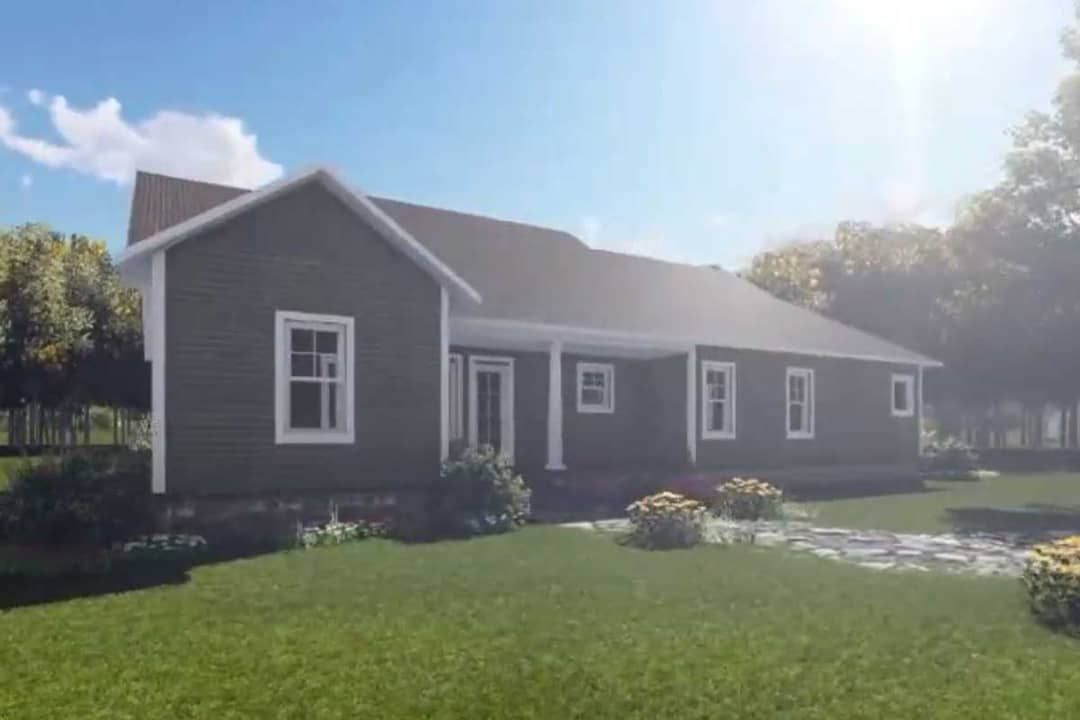
Outdoor Living (Porch, Patio)
A front porch anchors the home to the site, while options may include a rear patio, covered lanai, or screened porch depending on configurations selected.
Outdoor access likely is arranged through the dining or living areas, making transitions seamless and intuitive.
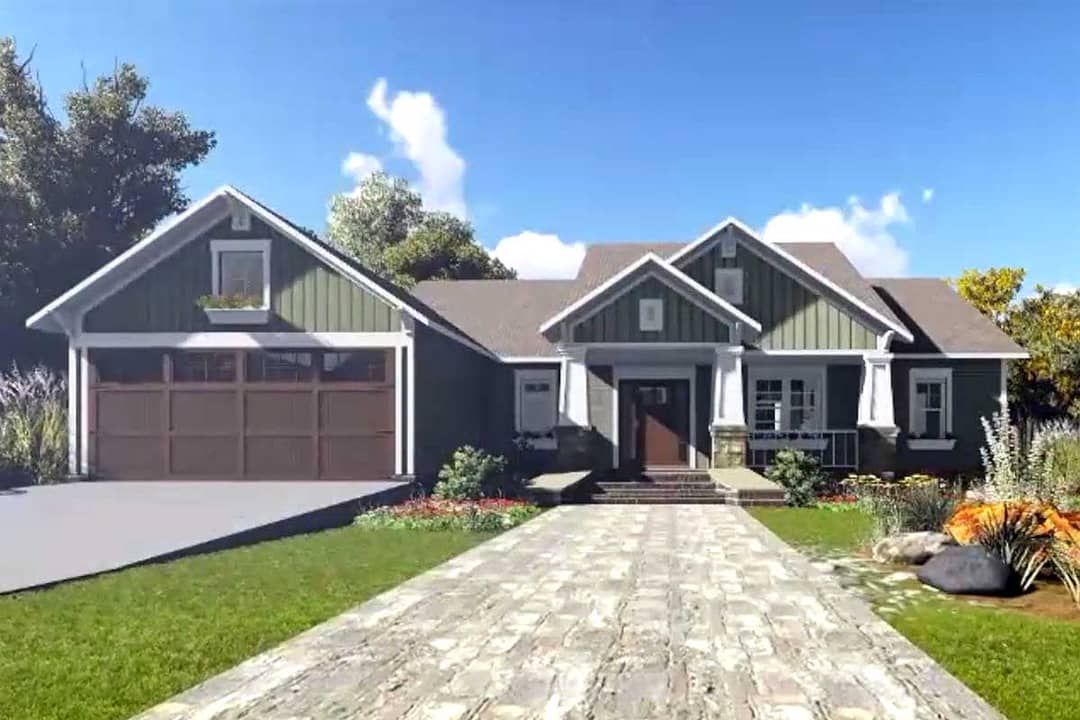
Garage & Storage
Depending on options selected, a side- or rear-entry garage may be available, integrated in a way that doesn’t dominate the front facade.
Storage is managed via walk-in closets, built-ins, pantry space, and possibly attic or bonus areas, depending on the optional features chosen.
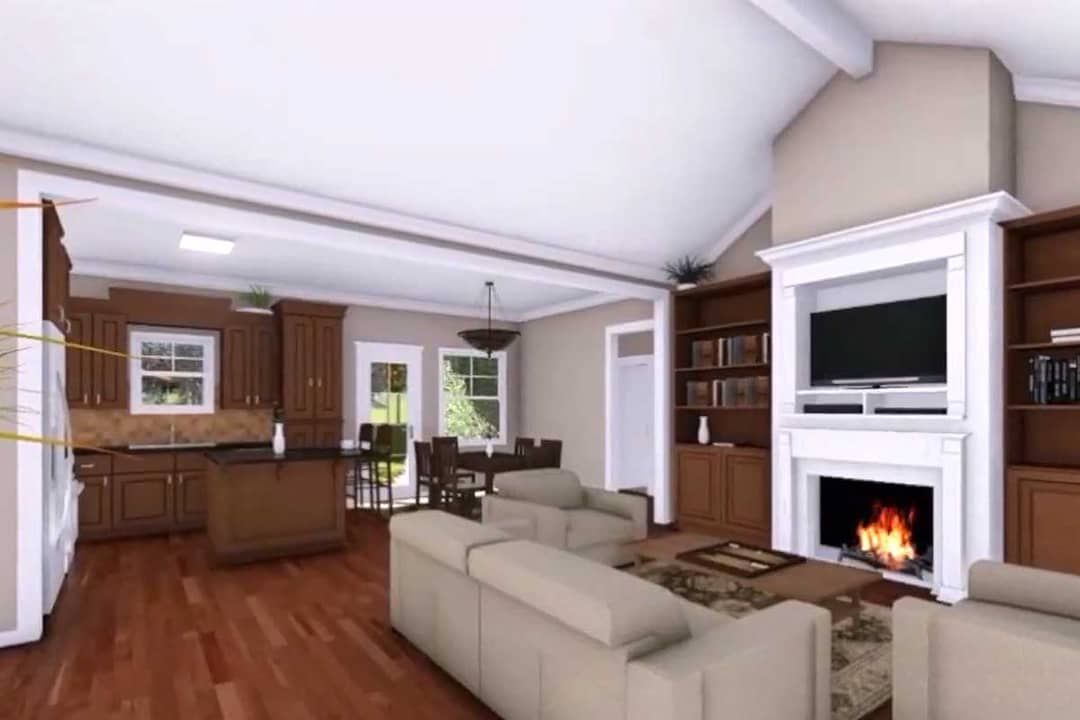
Bonus / Expansion Rooms
One of the key attractions of “with options” plans is the ability to add a bonus room, loft, or screened porch. These may come as optional upgrades or alternate schemes.
The plan structure should support future expansion or modification, enabling adaptation over time.
Construction & Efficiency Notes
The Craftsman style encourages durable materials and detailed trim. Roof and wall assemblies must be thoughtfully insulated. Attention to window placement, overhangs, and ingress/egress will be critical.
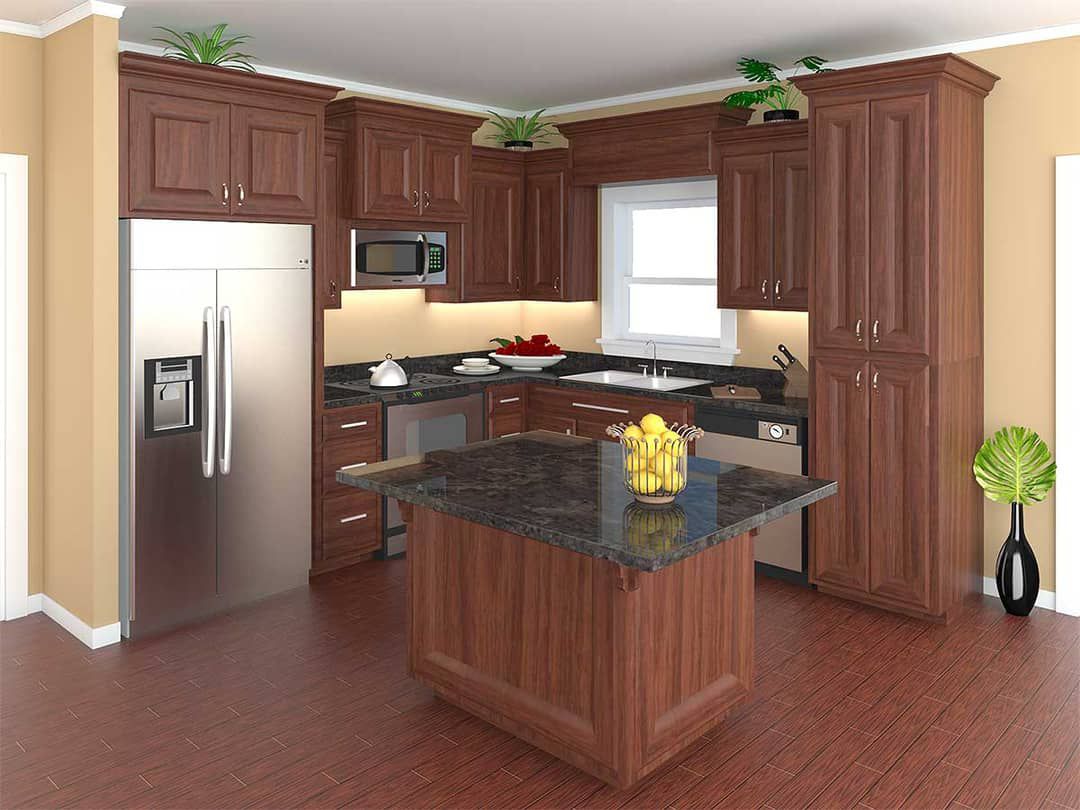
Because many features are optional, select only those that balance aesthetic goals with cost. Efficient clustering of mechanical systems and plumbing will help maintain good efficiency even with added options.
Estimated Building Cost
The estimated cost to build this home in the United States ranges between $300,000 – $500,000, depending on selected options, region, finishes, and site conditions.
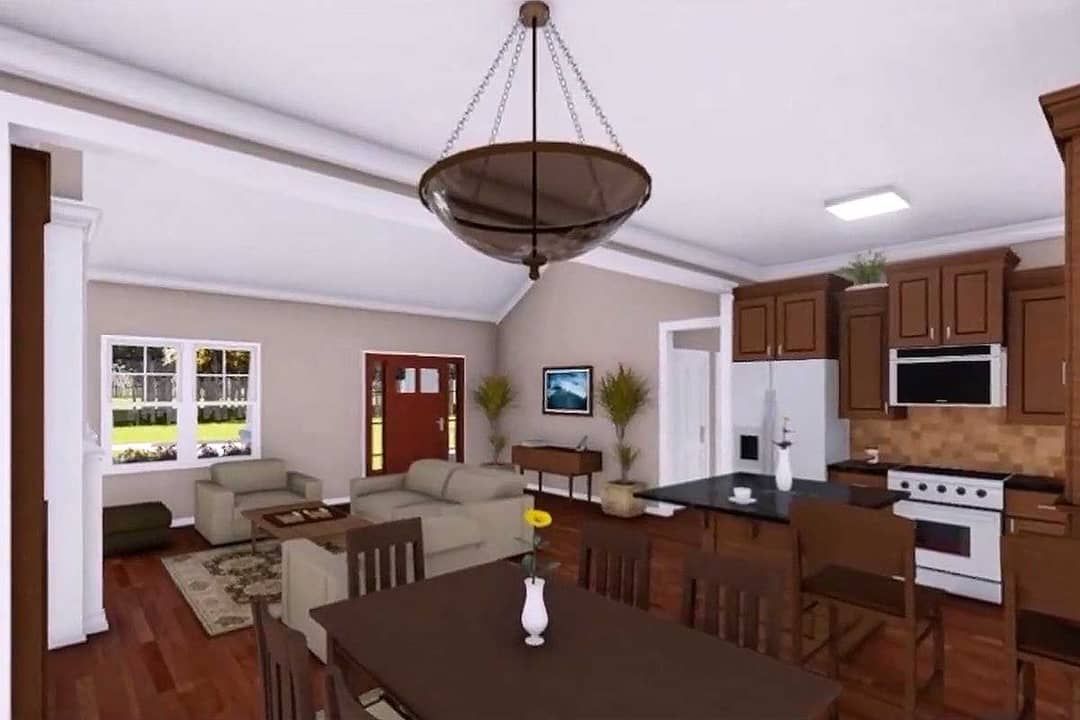
Why Consider the Creative Craftsman Plan
This plan’s strength lies in its flexibility and character. By offering optional layouts and expansions, it adapts to a range of family needs while retaining Craftsman integrity. If you’re seeking a home that combines style, adaptability, and strong architectural presence, this model is worth exploring.
“`0
